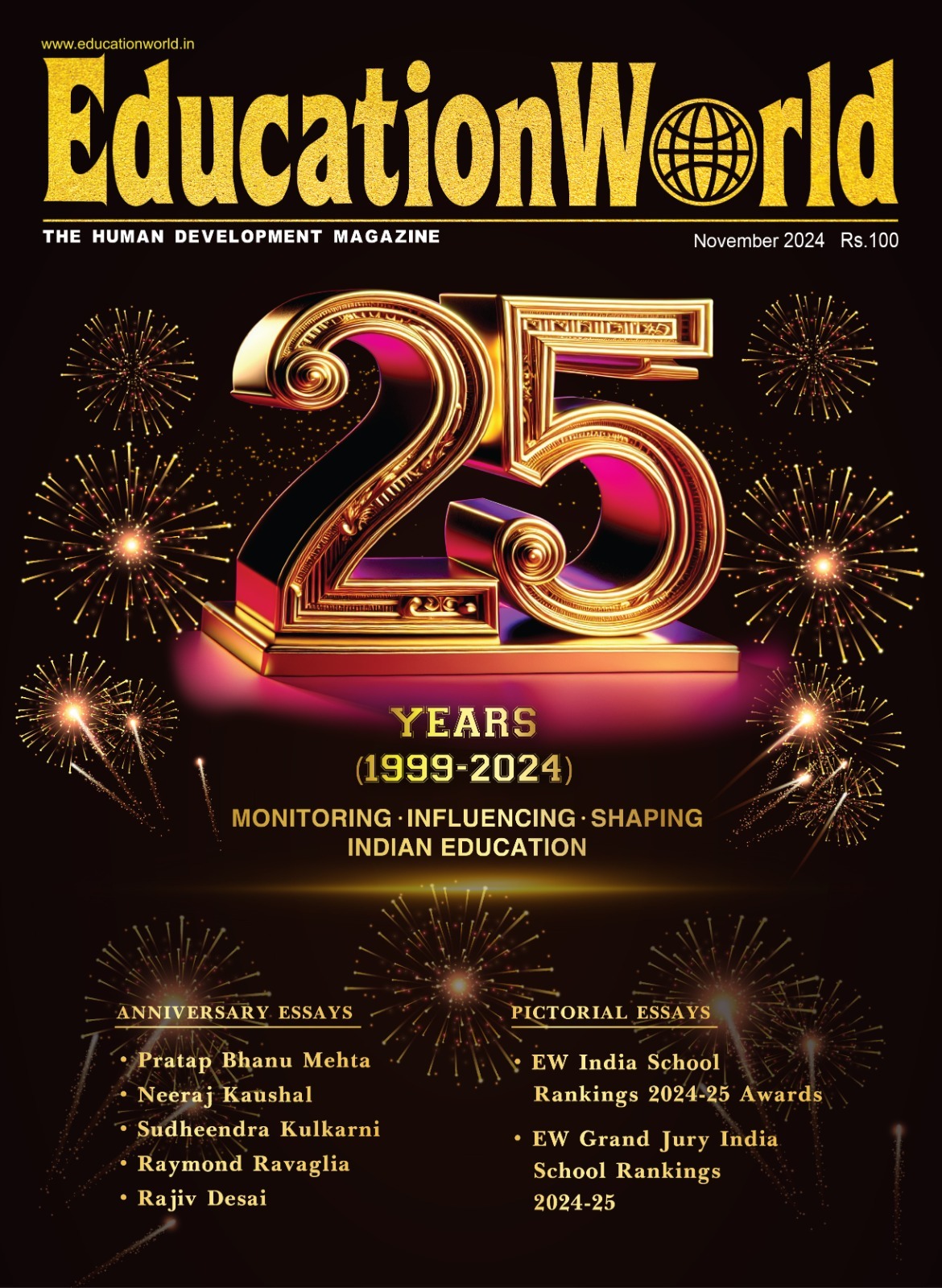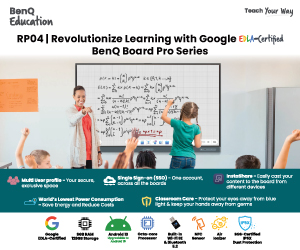Skill-Integrated Education: Shaping India’s Future Workforce
– Prof. Supriya Pattanayak, Vice Chancellor, Centurion University of Technology and Management, Odisha
India stands at a defining moment in the evolution of its education system. The traditional classroom model, long centred on rote learning and standardised curricula, is giving way to a more dynamic, skills-oriented approach. This shift responds to global economic demands that increasingly prioritise adaptability, problem-solving, and collaboration over mere academic success.
For decades, educational achievement in India was measured primarily through examination results. Today, however, employers seek individuals who can think critically, use technology effectively, and thrive in diverse teams. As industries evolve rapidly, the gap between education and employability has widened — demanding a systemic rethink.
According to the World Economic Forum’s 2023 report, nearly half of all employees worldwide will need to reskill by 2025. In a country with over 600 million young people, this challenge is especially urgent. India’s education system must therefore prepare students for future careers — not just the jobs that exist today.
The Rise of Skill-Integrated Learning
Skill-integrated education focuses on developing competencies such as critical thinking, digital literacy, and communication. Unlike traditional models that separate theory from practice, it embeds skills directly into the curriculum. For example, engineering students may design renewable energy solutions, while business students work with local enterprises to create real-world strategies. This hands-on approach fosters an entrepreneurial mindset and the ability to apply knowledge effectively.
The National Education Policy (NEP) 2020 reinforces this direction, promoting interdisciplinary and vocational learning. New programmes combining fields like data analytics with business or agricultural technology with environmental science ensure that graduates are both academically sound and industry-ready.
Technology as the Enabler
Technology is at the heart of this transformation. Virtual laboratories and AI-powered learning tools provide students with immersive, practical experiences. Medical students, for instance, can practise clinical diagnosis in virtual environments before entering hospitals. Online certifications in high-demand fields such as cybersecurity and cloud computing also enhance employability and make global credentials more accessible — especially for learners in tier-2 and tier-3 cities.
Building Industry and Faculty Partnerships
Successful integration of skills into education requires collaboration between academia and industry. Faculty members must be equipped to teach hybrid curricula that balance theory with application. Partnerships with technology firms offering AI and machine learning courses, for example, give students exposure to current industry practices and mentorship from professionals — easing their transition into the workforce.
The Importance of Soft Skills
Equally vital are soft skills such as communication, teamwork, and adaptability. Many employers now rank these qualities alongside technical expertise. Schools and universities are increasingly incorporating group projects, internships, and leadership programmes to nurture emotional intelligence and resilience.
A Pathway to National Growth
Skill-based education also underpins India’s economic ambitions. A workforce trained in emerging areas like robotics, 3D printing, and sustainable agriculture contributes to innovation, self-reliance, and inclusive growth. Extending access to women, rural communities, and marginalised groups through mobile and community-based learning ensures that progress is equitable.
The Future Classroom
The classroom of the future is not defined by walls but by mindset. Lifelong learning and continuous upskilling are essential for success in a fast-changing world. By cultivating curiosity, adaptability, and confidence, skill-integrated education equips India’s youth not just to find employment — but to create opportunities, lead innovation, and shape the nation’s growth story.
Also Read: Integrating climate change and urban design in architecture education

















Add comment